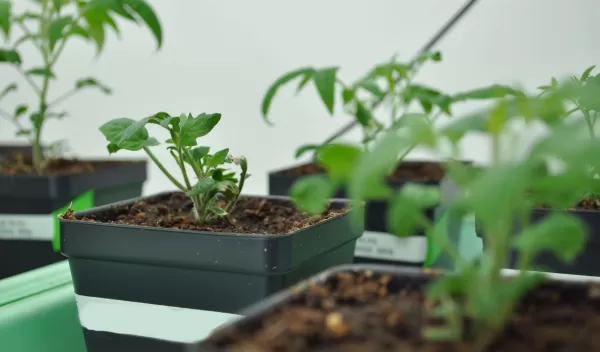
Discovery in tomato could lead to natural pesticides
Like a slightly revised version of the movie "The Parent Trap," U.S. National Science Foundation-supported researchers from Michigan State University have discovered that tomato plants have two related but separate pathways for producing acylsugars, a specific type of sugars that until now were thought to be produced exclusively in specialized hair-like structures found on tomato leaves.
The researchers discovered the parallel pathway in the tomato plant's root system, synthesizing a set of acylsugars chemically unique from those produced in the leaves. The researchers, recognizing genes working in the roots with sequences similar to those known to be involved in the leaves, used a gene knockout technique, like flipping one light switch in a room and seeing which lamp it turns off, to determine if those genes controlled acylsugar production in the roots. They found that, indeed, similar genes controlled the two pathways and turning off one set did not affect acylsugar production in the other location.
Knowing that acylsugars in leaves act as a sort of biological flypaper to keep pests at bay, these studies provide opportunities to investigate whether the root pathway is also designed to repel harmful organisms — or attract beneficial ones.
"Understanding the function of genes and metabolites involved in producing plant defenses is a step towards being able to use those genes — in that plant and others — to produce natural pesticides," said Pankaj Jaiswal, a program director in the NSF Directorate for Biological Sciences, which funded the work.
Read more about this discovery in the news release from Michigan State University.


